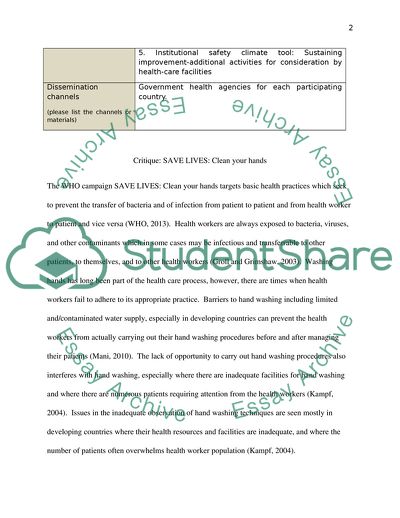Cite this document
(Campaign Critique: Save Lives Literature review Example | Topics and Well Written Essays - 1500 words - 1, n.d.)
Campaign Critique: Save Lives Literature review Example | Topics and Well Written Essays - 1500 words - 1. https://studentshare.org/journalism-communication/1798265-campaign-critique
Campaign Critique: Save Lives Literature review Example | Topics and Well Written Essays - 1500 words - 1. https://studentshare.org/journalism-communication/1798265-campaign-critique
(Campaign Critique: Save Lives Literature Review Example | Topics and Well Written Essays - 1500 Words - 1)
Campaign Critique: Save Lives Literature Review Example | Topics and Well Written Essays - 1500 Words - 1. https://studentshare.org/journalism-communication/1798265-campaign-critique.
Campaign Critique: Save Lives Literature Review Example | Topics and Well Written Essays - 1500 Words - 1. https://studentshare.org/journalism-communication/1798265-campaign-critique.
“Campaign Critique: Save Lives Literature Review Example | Topics and Well Written Essays - 1500 Words - 1”. https://studentshare.org/journalism-communication/1798265-campaign-critique.


